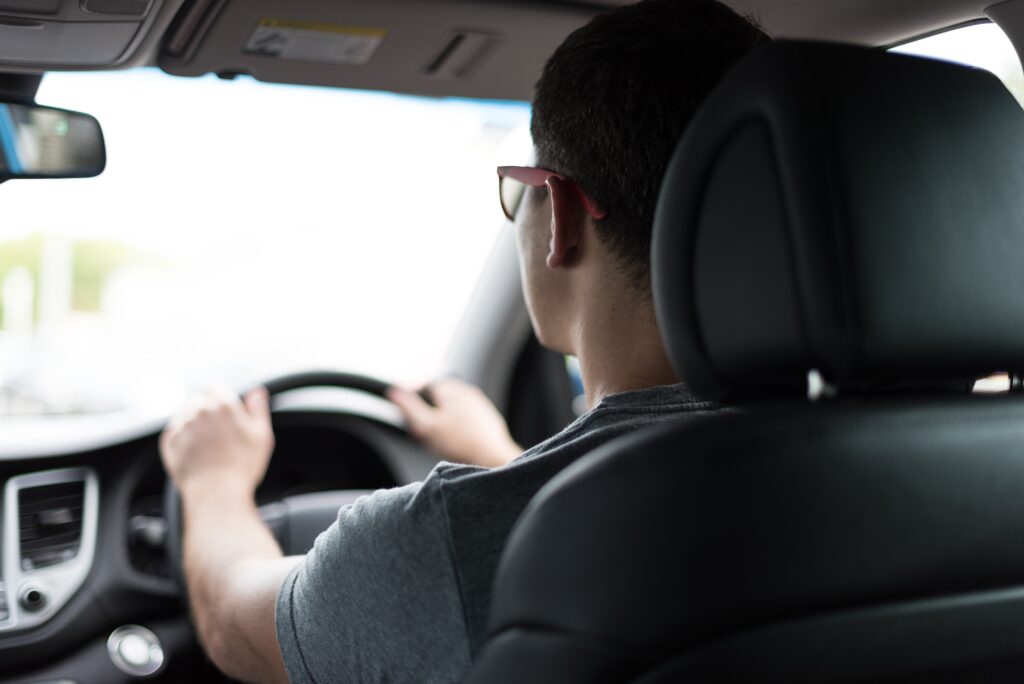Learning to drive on a budget: How to pay less for your driving lessons

Why are driving lessons so expensive? During the cost-of-living crisis, it’s the question on the minds of most new learner drivers – and their families, too. The cost of driving lessons is one hurdle, with most learners expecting to pay between £25 and £35 per hour.
And even after spending hundreds on lessons, learners still need to pay to take a test too. If you fail, you’ll need to pay every time you book a driving test until you pass. Getting it right first time is the preferred option, but it’s a balancing act: if you rush your lessons and turn up to the test underprepared, you’ll be more likely to fail.
The best approach is to balance your time and take a proactive approach to learning. With just a few clever strategies, you can learn cheaper, faster, and pass your test sooner.
How to save money on learning to drive: Our top 5 tips
1. Buy driving lessons in bulk
Most driving instructors offer bulk deals. You could save money by pre-booking multiple lessons at once, but it’s important to make sure that you’ll be able to meet the commitment.
Only go for a bulk package if you’re confident that you’ll want to (and be able to) attend each session. Furthermore, make sure you only choose this option if you’ve had a few lessons with the instructor first and know that you get on well with their teaching style and personality.
2. Consider learning in a family car
Did you know that you can learn to drive with just one other adult in the car? If they’ve held their licence at least three years and they’re older than 21, you can use your provisional licence to drive the family car under supervision of a family member.
This is undoubtedly cheaper than paying for lessons from an instructor, although you may still want to book a few lessons to nail the basics before getting behind the wheel of your parents’ pride and joy.
It’s worth looking into new insurance options while you’re learning to drive, since opting for multi-car insurance could save you and your family money on keeping you covered.Always remember to carry your licence on you when you’re learning to drive in the family car, though.
3. Ask your friends to help out
If your friends are also aged at least 21 and have been driving for three years, you could learn to drive with them too – as long as you have your provisional licence andinsurance on the vehicle you’ll be driving. There are temporary cover options available, so you won’t need to commit long-term.
In this scenario they effectively act as your driving instructor, and you won’t need to be supervised by anyone else or have your own car. If you’re practising driving with friends, it’s a good idea to have some lessons from an instructor too.
4. Opt for an intensive course
If you’re confident that you can learn a lot of practical and theoretical skills in a short space of time, you could be suited to an intensive driving course. They involve a few longer lessons over a shorter duration with the aim to get you to test stage quickly.
These are typically offered by driving instructors, but not all of them – so it’s important to do your research and make some phone calls. Shop around to find the best price for the number of hours you’ll spend learning. And if possible, learn in the same location that you’ll be taking your test in so you can get to know the local roads.
5. Book your test through your instructor or someone you trust
Lastly, you need to make sure that you’re not getting ripped off when you book your test.
In 2022, a post-lockdown backlog triggered an inflated market, prompting third-party providers and bots to buy test cancellation slots and sell them at a higher price to learnerdrivers. This led to some new drivers spending over £200for their test, when a weekday slot typically costs £62.
The UK government is aware of the problem. You’ll find authenticity checks on genuine DVSA booking platforms, so if you’ve not seen one while booking your test, it’s likely that you could be on an incorrect or fraudulent sites.




